Garden of Wonders creates a feast for the nose and eyes in Milan’s Botanical Gardens
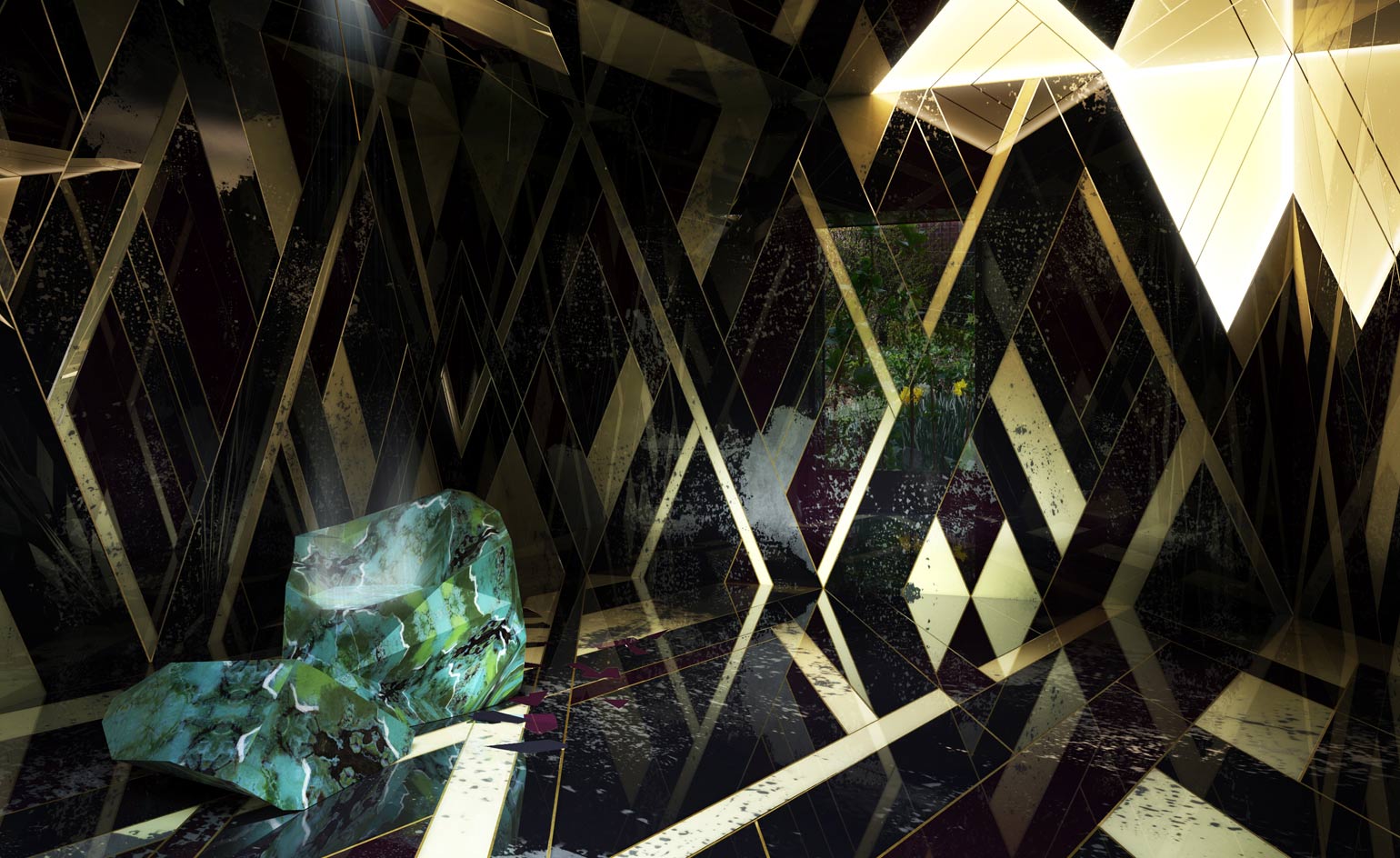
If the wisteria waterfalls of Brera's Botanical Garden (or the charming spread of gleaming, golden Laviani animal statues dotted around) don't get to you first, Be Open's Garden of Wonders will.
The international foundation of design and creativity has taken the world of fragrance to heady new heights with its latest project, a threefold approach to the world of fragrance. 'It is our way of proposing an alternative way - through design - to preserve traditions by adapting them to contemporary challenges and eventually explore new possibilities for small brands,' explains Be Open founder Yelena Baturina.
To begin with, the educational piece, 'A Journey Through Scent', narrates the evolution of perfume and fragrance - as well as its production and history - through an olfactory experience. Submerged in a dark mini-museum, large glass flasks and bottles hold what appear to be granules of salt. Giant atomisers reveals an ingenious way to share intense bursts of the different scents without these mixing up into a strange, sickly concoction.
Back in the garden, in the far side, the 'Houses of Wonder' are most exciting of all. These eight 'casitas' house pavilions have been created by various designers to revive and interpret long-forgotten perfume brands. Among the designers looking back at defunct luxury labels are Tord Boontje, Fernando and Humberto Campana, Dimore Studio, Front, Jaime Hayon, Piero Lissoni, Jean-Marie Massaud and Nendo. Their design aesthetic is clearly recognisable - the Campana Brothers interpretation of Veredas, for example, was inspired by Gruta do Veredas, a natural grotto in the state of Bahia in Brazil, and brought to life with a wicker, cave-like installation. Others, like Front and Dimore Studio, have taken a more sensory approach by using fading lights and the sound of rain respectively to illustrate their fragrances.
For the the third and final part of the project, 'A Vision in a Box', a golden cube-like display holds the bottles of nine totally different designers. Illustrating the importance of packaging, names such as Werner Aisslinger, GamFratesi, Mist-o and Thukral & Tagra have taken on the challenge of imagining bottles for the fragrance of the future.
The exhibition's Salone debut has undoubtedly been well received - no doubt in part thanks to the glorious weather which brings out the best of the Brera gardens - and is set to continue for EXPO 2015 in May.
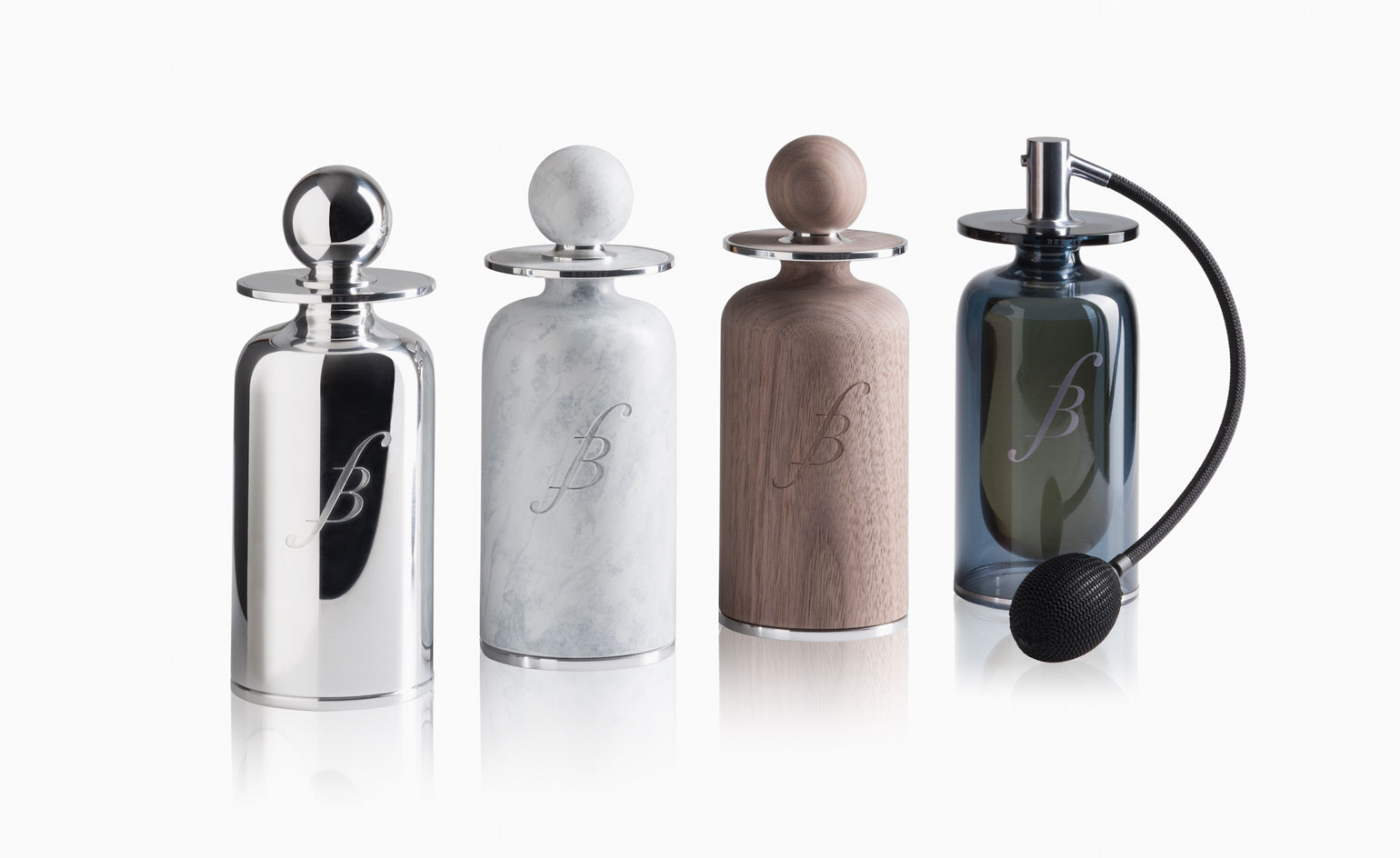
Jean-Marie Massaud created 'Bertif, a Timeless Scent', which was inspired by the alchemy of the very limited edition run of Bertiff, first launched in Paris in 1910
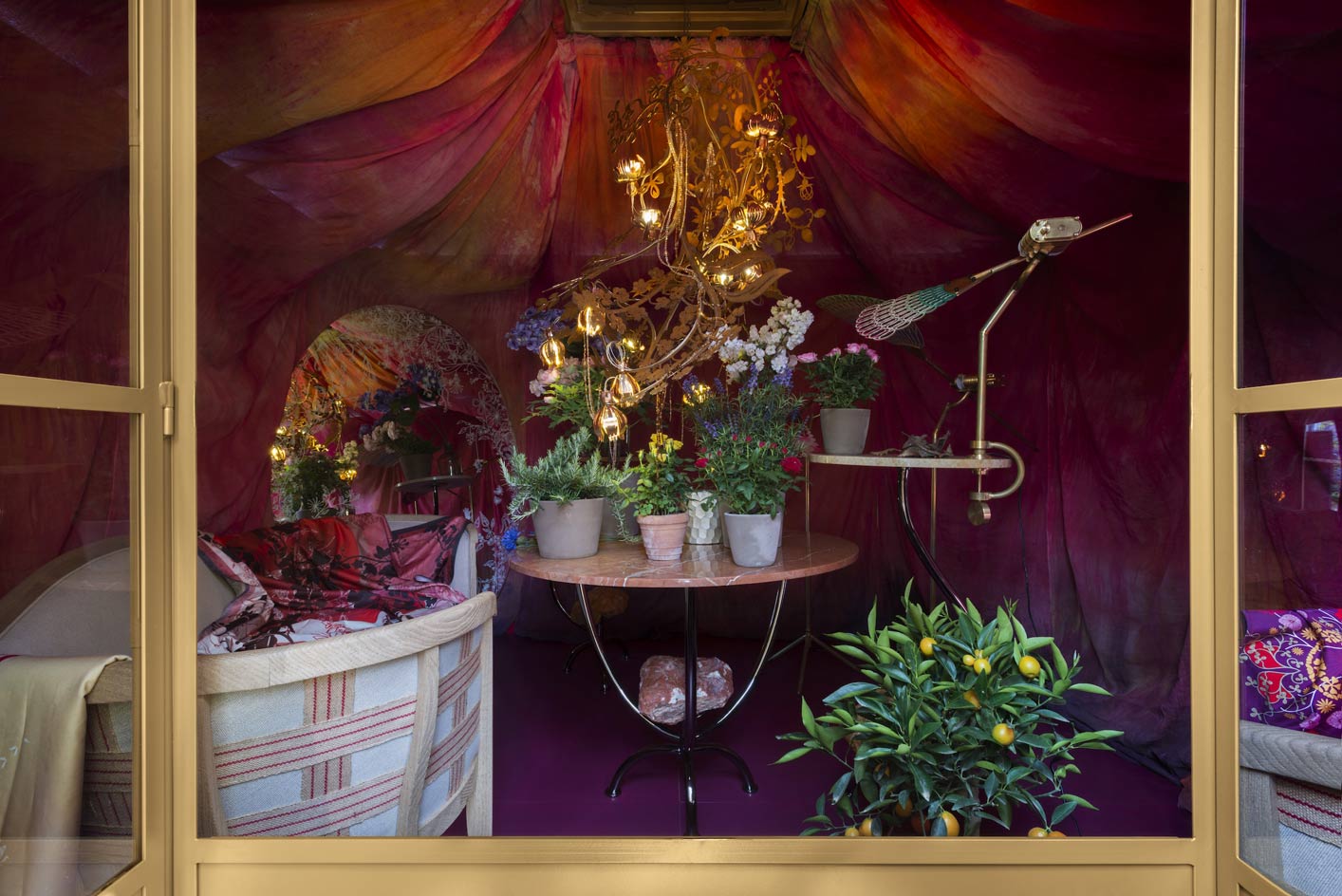
Toord Boontje's 'Scent and Psyche', an interpretation of Waldes et Spol, an early twentieth-century scent, which draws on themes of the belle époque in Paris and Vienna
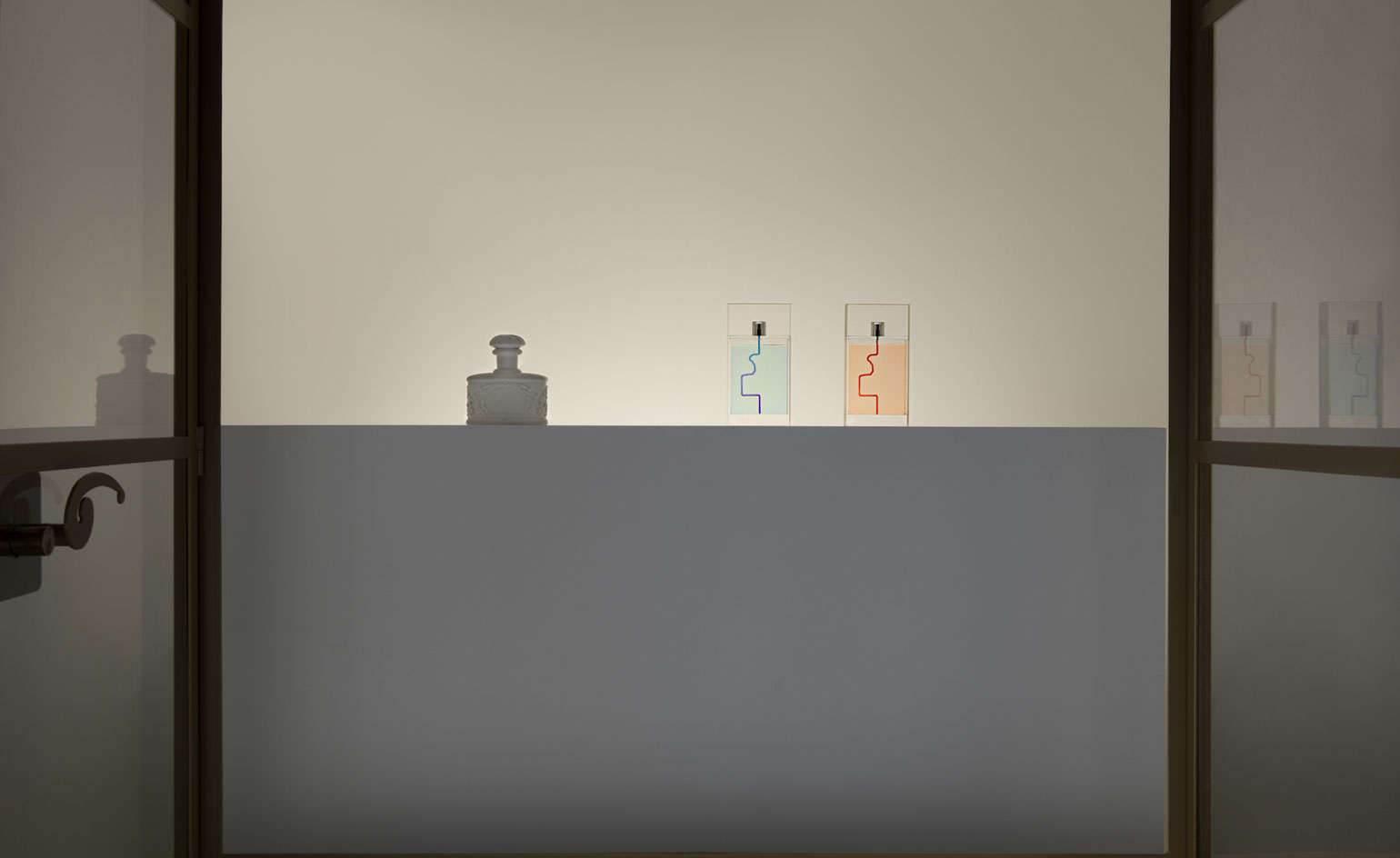
Nendo drew on Fandango by Koehler for this range of bottles. The two bottles, 'Fandango -12.3 ºC' and 'Fandango +23.1 ºC' are named for the average winter and summer temperatures in Moscow, the home of the Koehler perfumerie
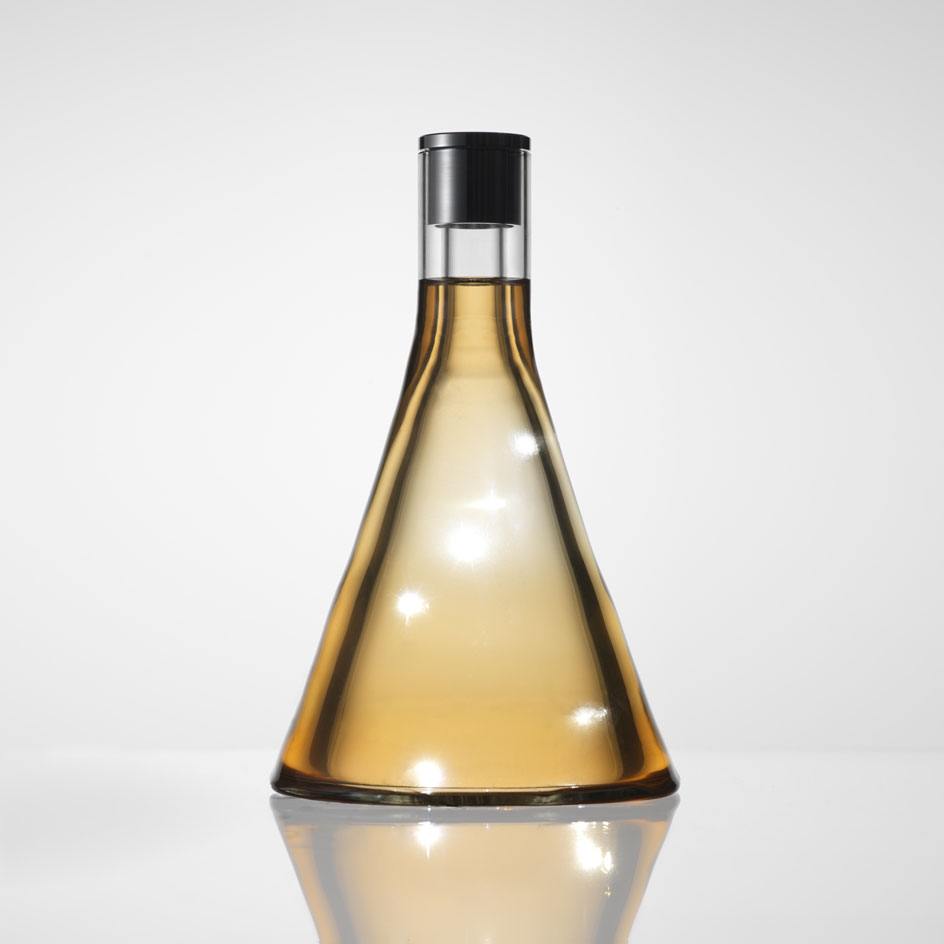
Front's 'Fragrance Particles', which suspends the perfume in between two layers of glass
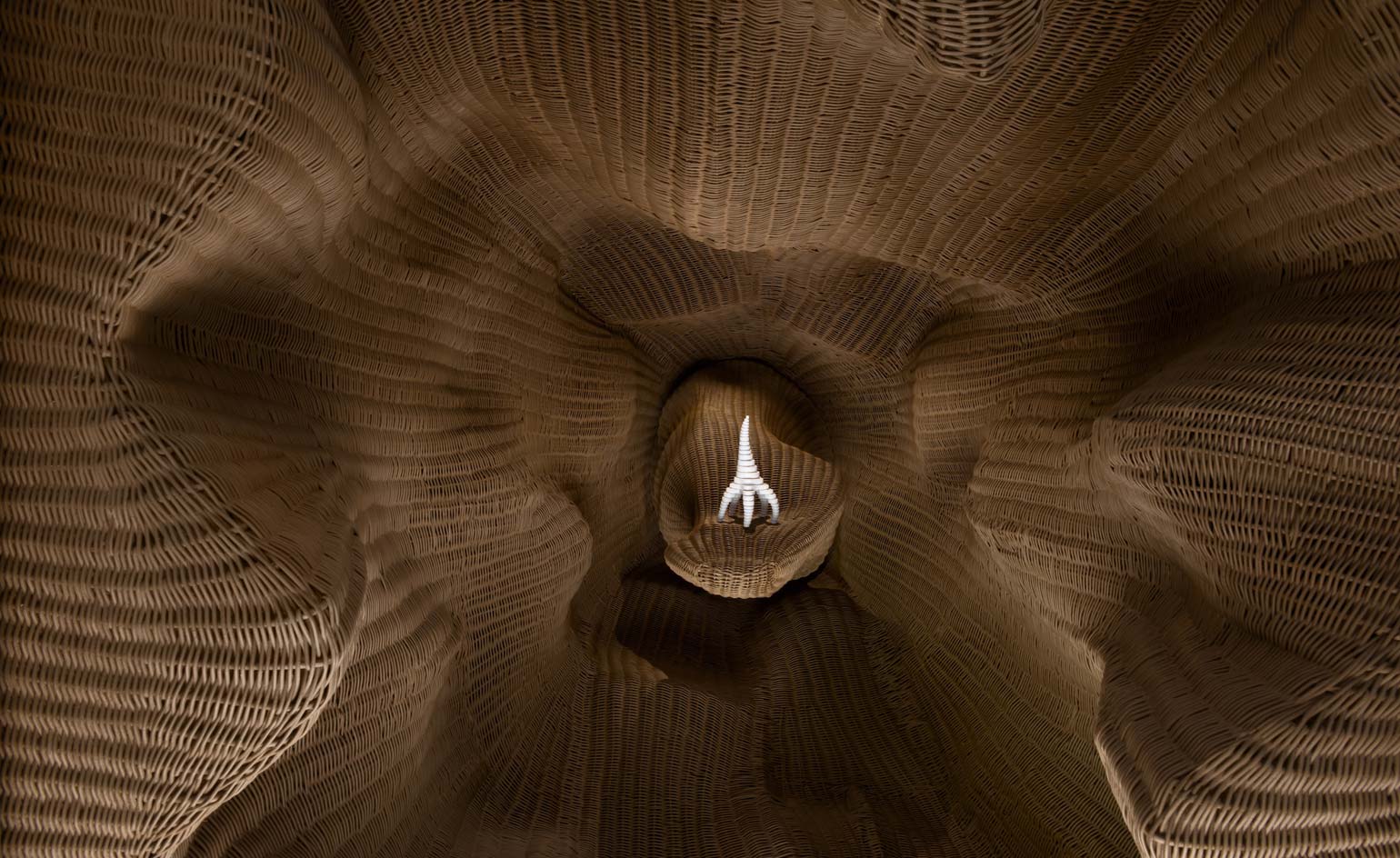
The Campana Brothers' wicker construction - an interpretation of Veredas - recalls a cave in Brazil
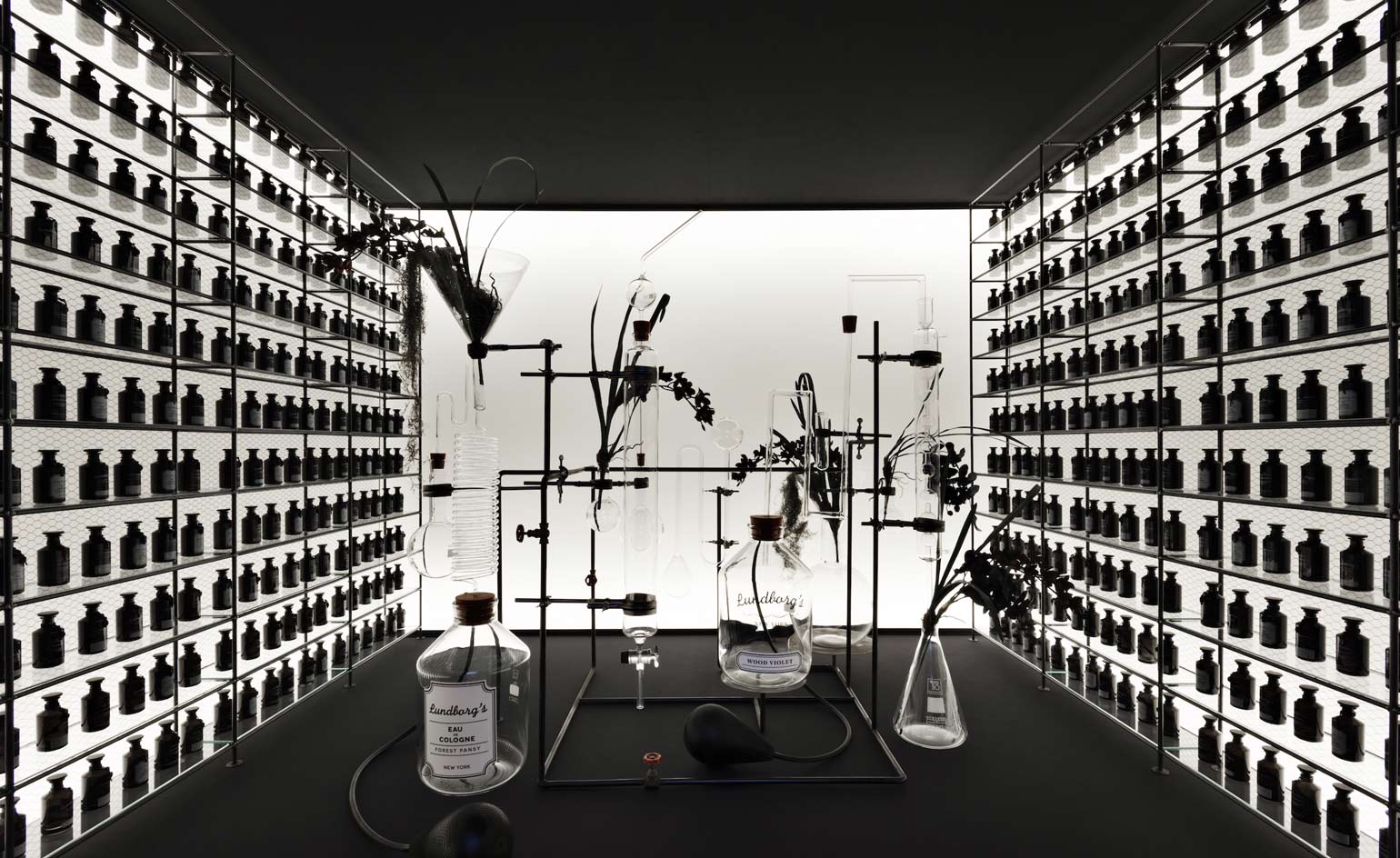
Jaime Hayon's 'Kuriopotek', a whimsical scent lab-cum-cabinet of curiosities
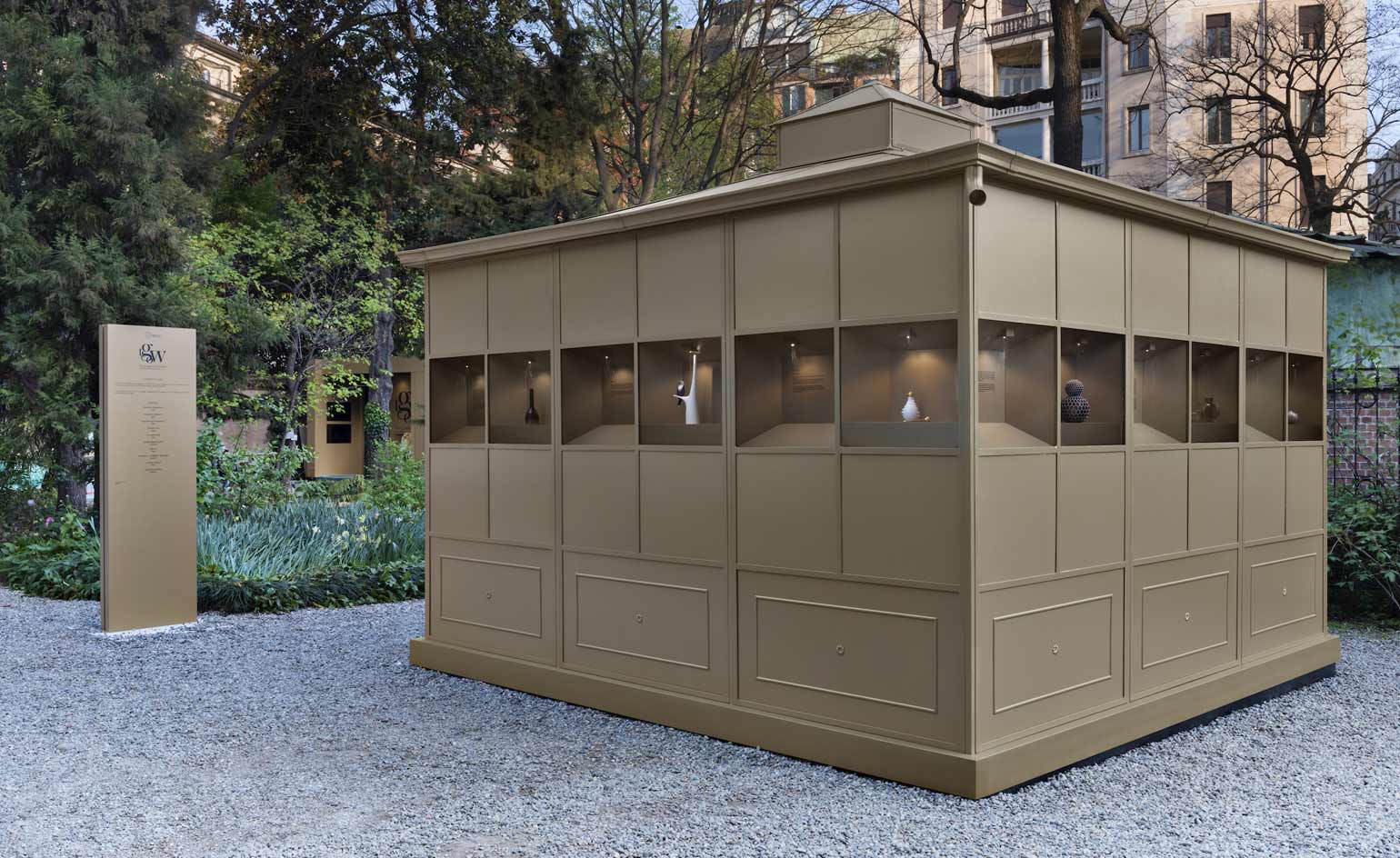
The third and final part of the project is 'A Vision in a Box', which houses nine bottle designs by as many designers, each of which has been inspired by a long-forgotten perfume brand
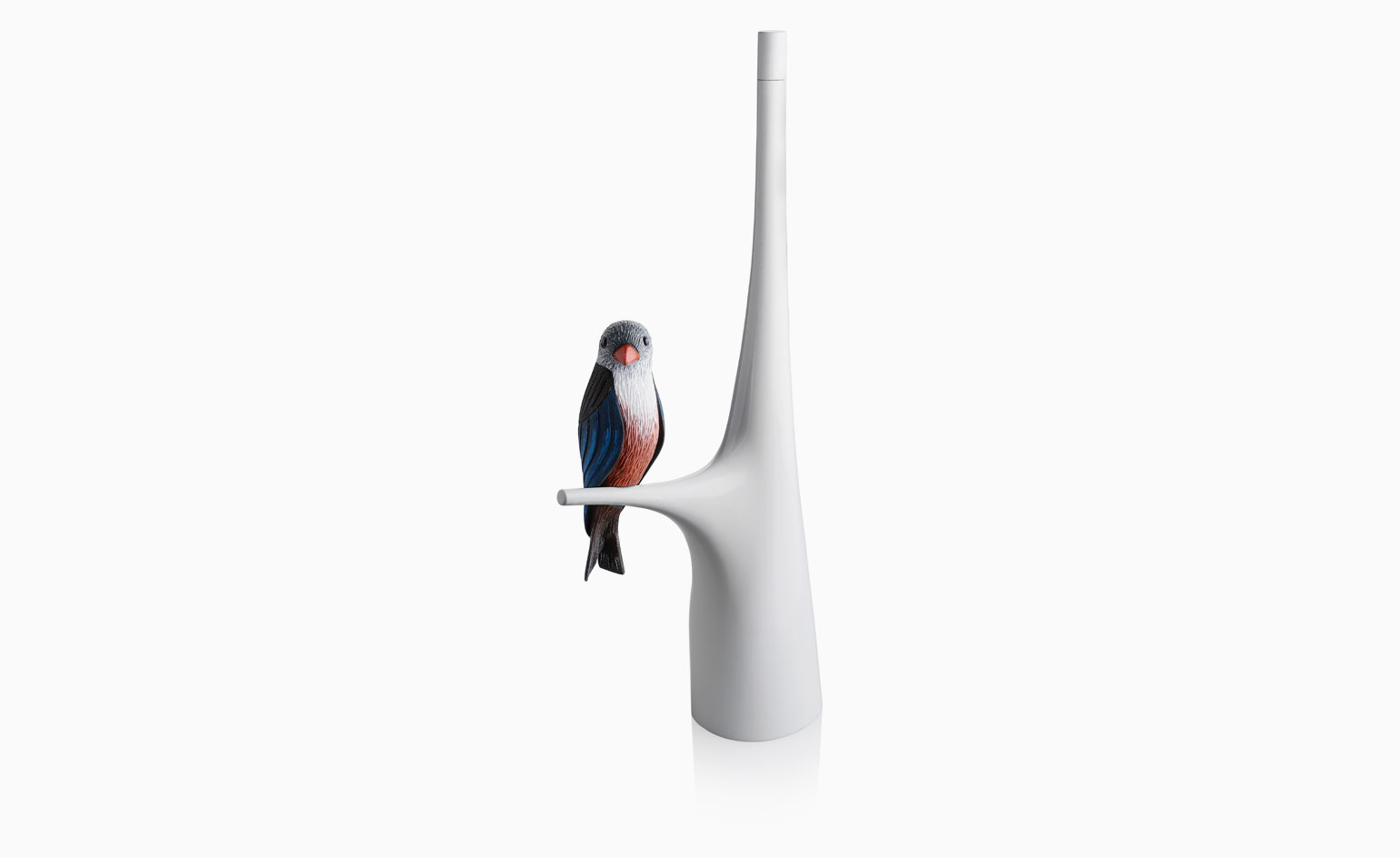
One of the bottles on show in this section is Misto-o's chirpy 'Voyage'
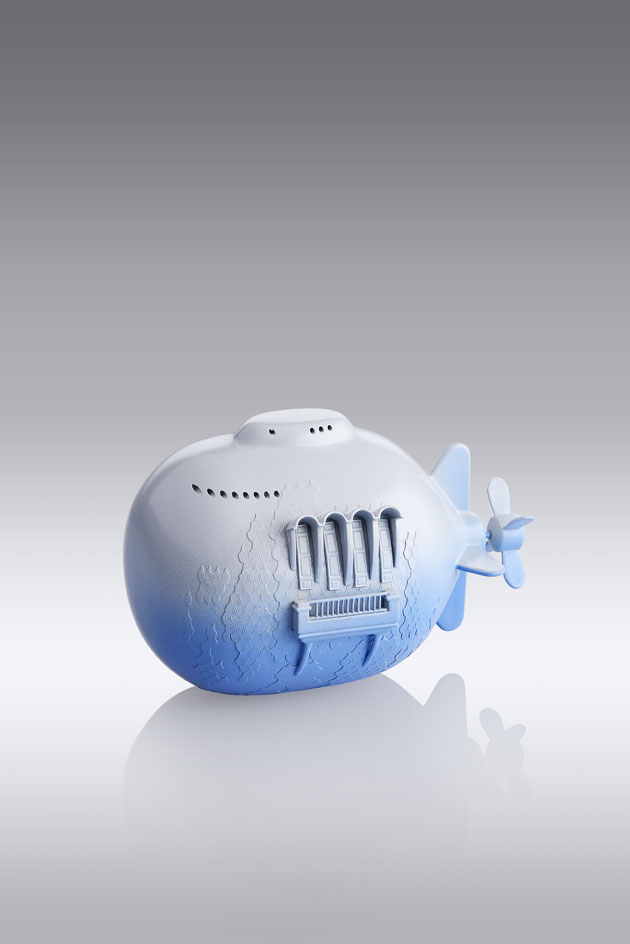
Thukral & Tagra's playful 'Submarine', also designed for 'A Vision in a Box'
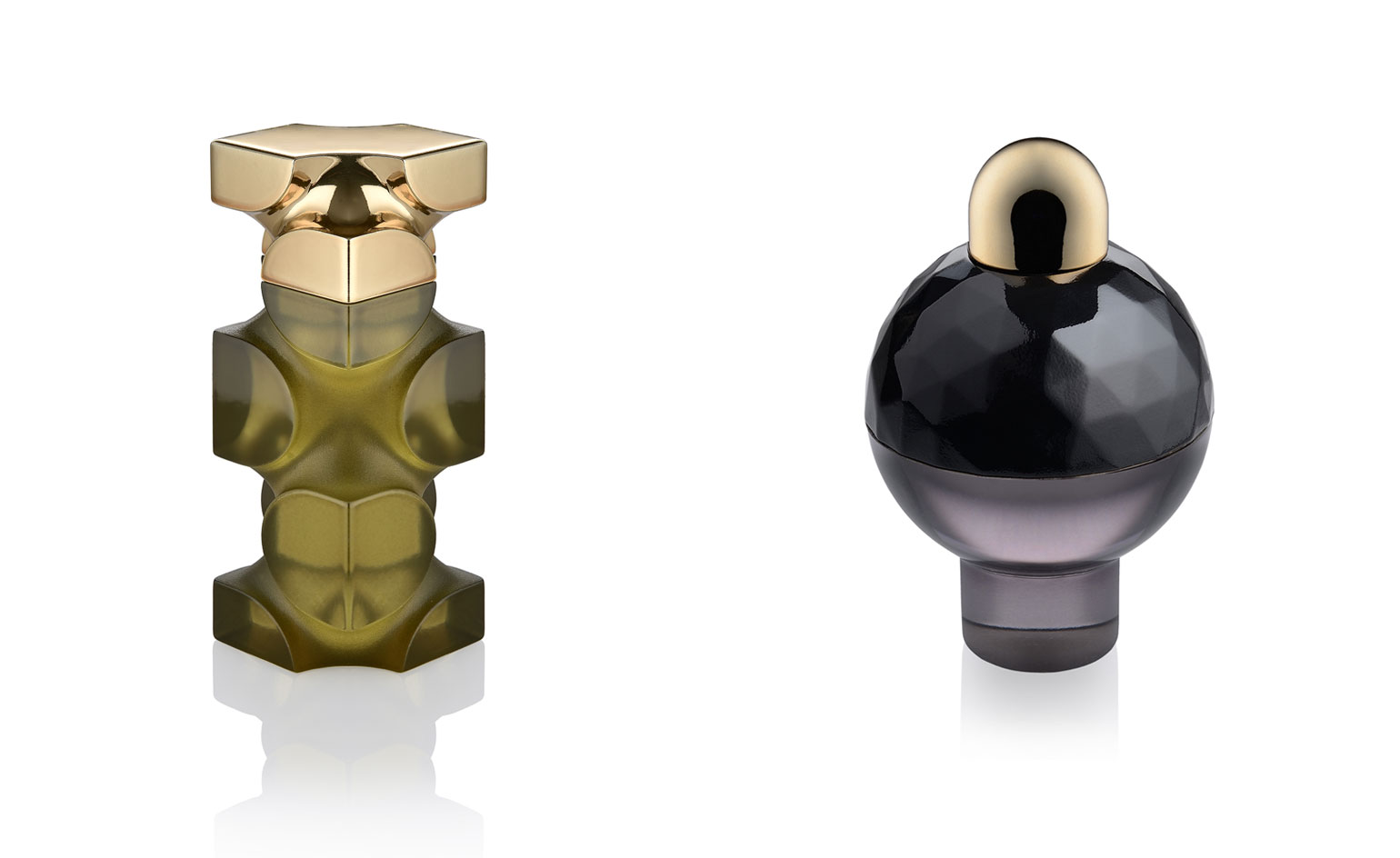
With nine different designers at work in 'A Vision in a Box', the variation is huge. Pictured here are two futurisic bottles by (left to right) Philippe Bestenheider and Karim Mekhtigian
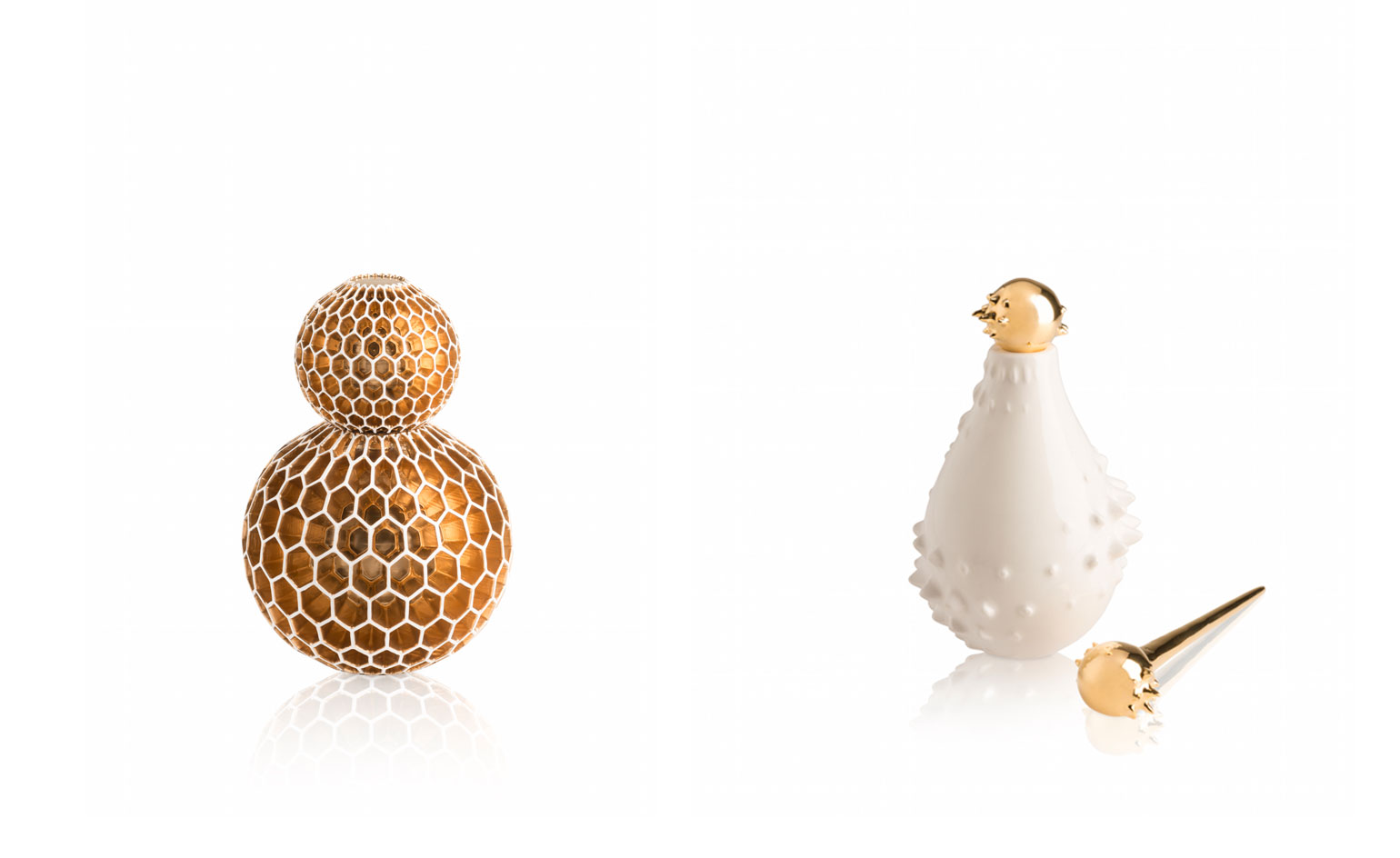
Werner Aisslinger's 'Coral' and Analogia Project's 'Spiny' bottles represent the more organic end of the spectrum on display
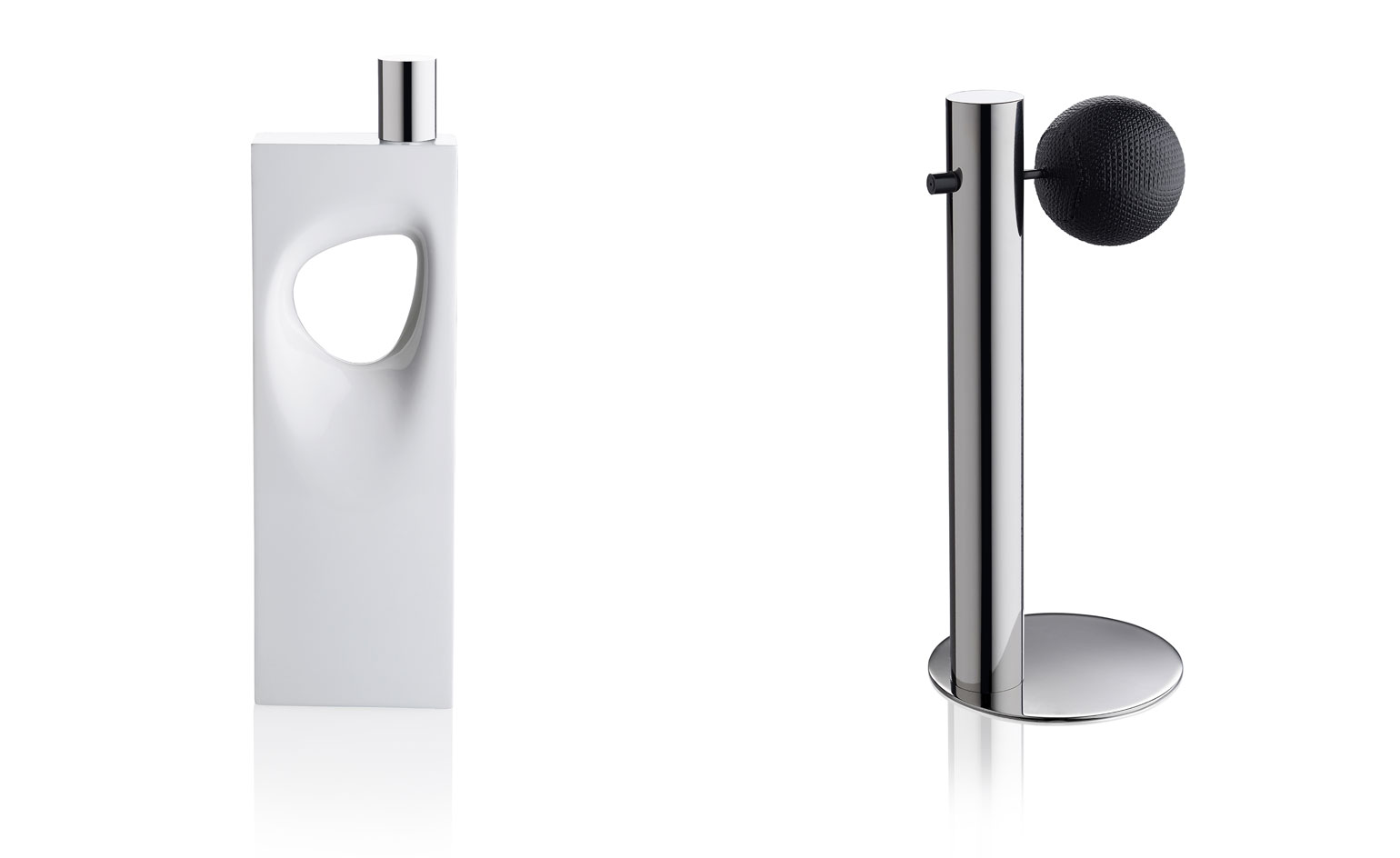
The architects Ludovica + Roberto Palomba have designed 'Ray Moore' (left), whose simplicity finds an echo in Victor Vasilev's Srebro, which translates as 'silver' in Slavic languages
ADDRESS
The Orto Botanico di Brera
via Brera 28
20121 Milano
Wallpaper* Newsletter
Receive our daily digest of inspiration, escapism and design stories from around the world direct to your inbox.
-
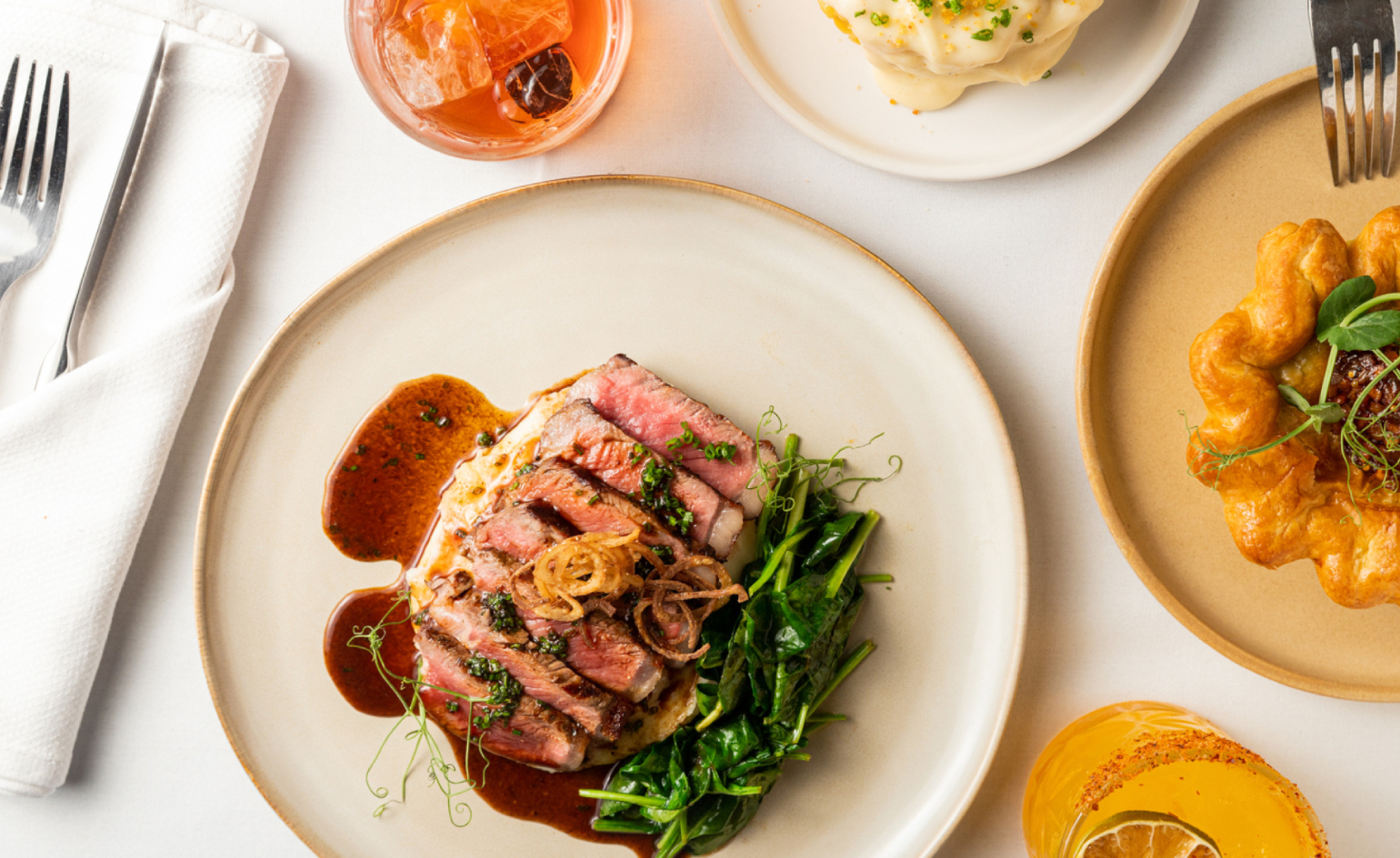 At Linden Los Angeles, classic New York comfort food gets its due
At Linden Los Angeles, classic New York comfort food gets its dueThe restaurant, inspired by a stretch of boulevard bridging Brooklyn and Queens, honors legacy, community and pleasure
By Carole Dixon Published
-
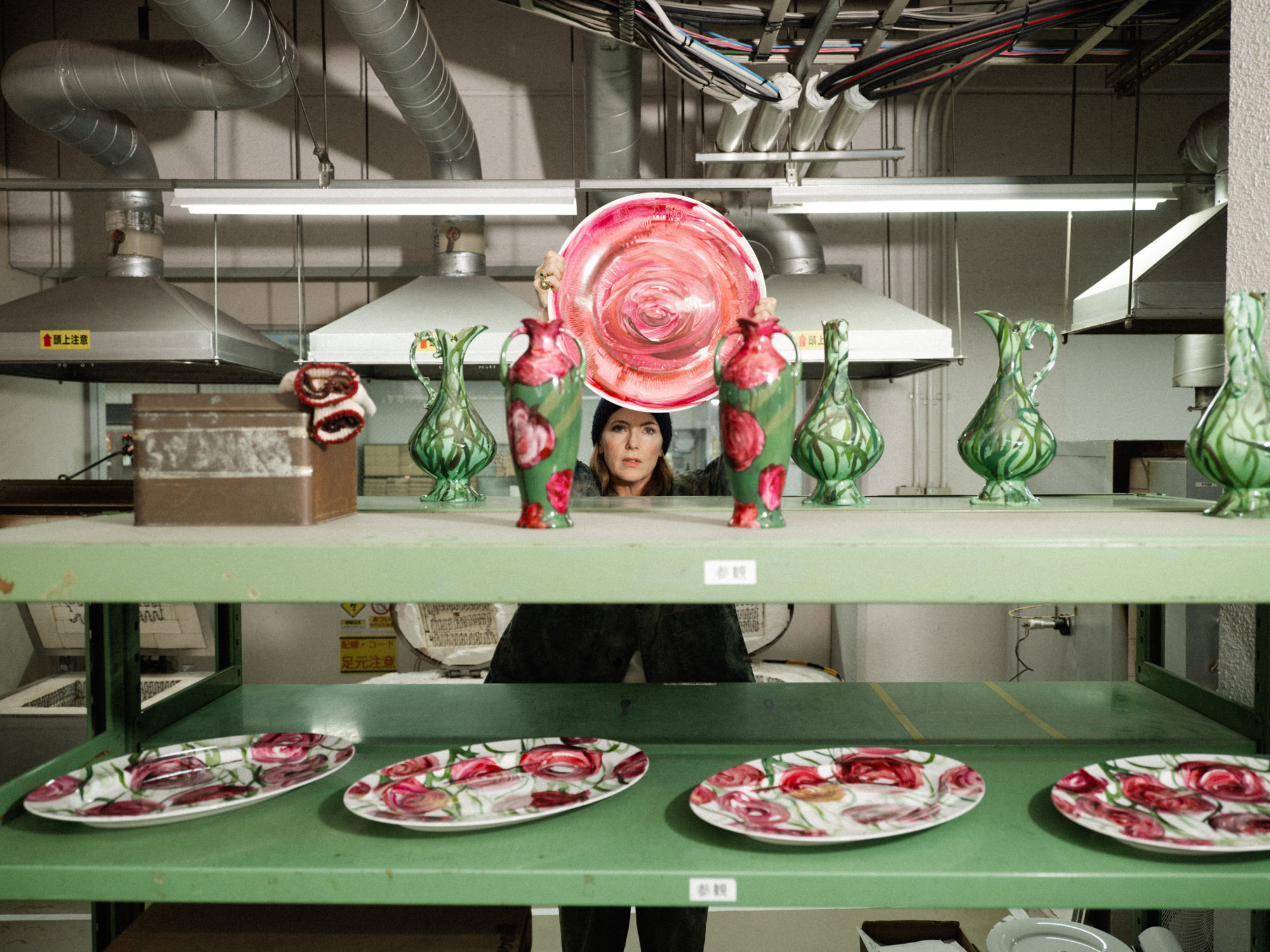 Faye Toogood comes up roses at Milan Design Week 2025
Faye Toogood comes up roses at Milan Design Week 2025Japanese ceramics specialist Noritake’s design collection blossoms with a bold floral series by Faye Toogood
By Danielle Demetriou Published
-
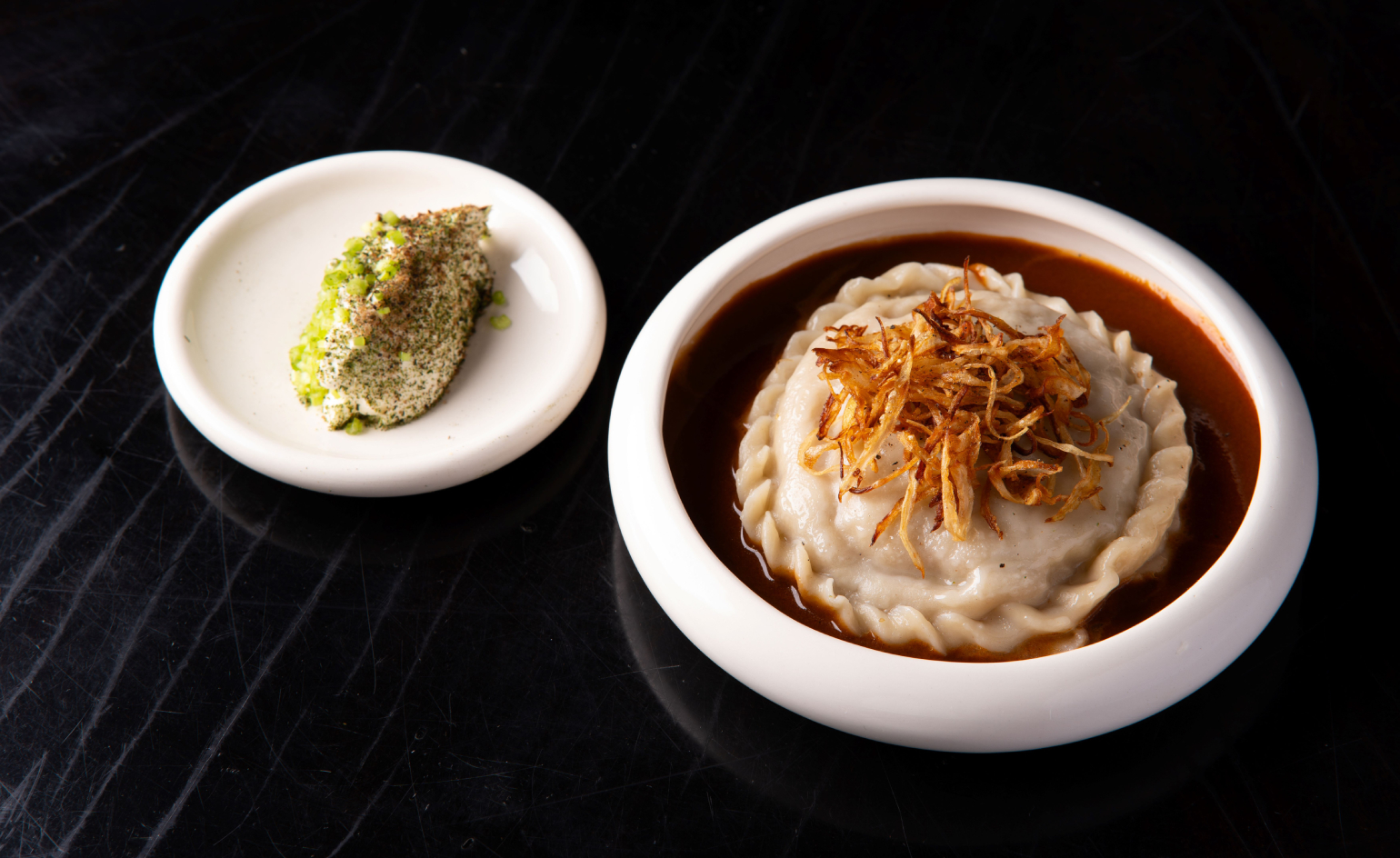 Tatar Bunar puts Ukrainian heritage front and centre
Tatar Bunar puts Ukrainian heritage front and centreFamily recipes and contemporary design merge at this new east London restaurant by Ukrainian restaurateurs Anna Andriienko and Alex Cooper
By Ben McCormack Published
-
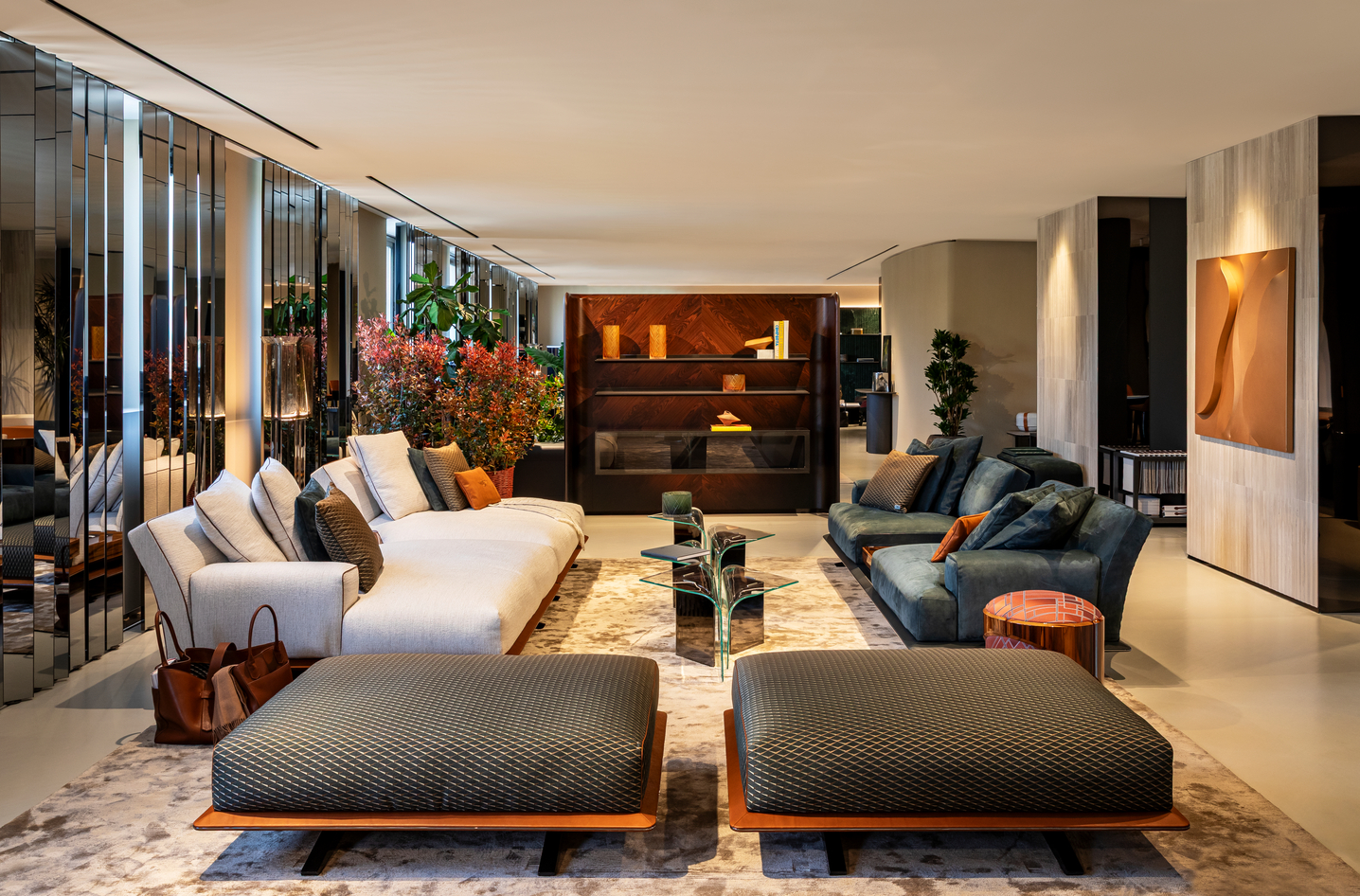 Bentley’s new home collections bring the ‘potency’ of its cars to Milan Design Week
Bentley’s new home collections bring the ‘potency’ of its cars to Milan Design WeekNew furniture, accessories and picnic pieces from Bentley Home take cues from the bold lines and smooth curves of Bentley Motors
By Anna Solomon Published
-
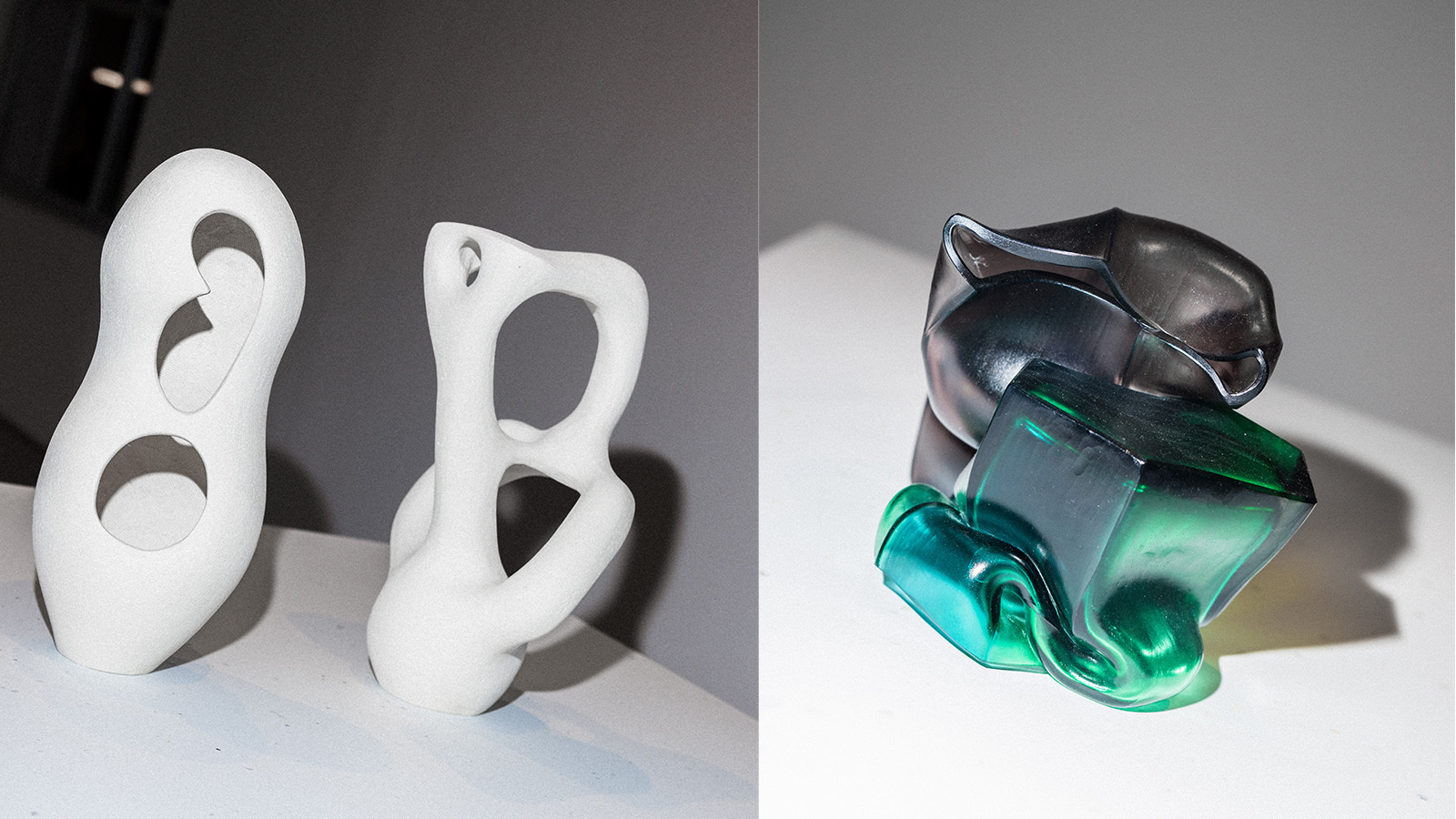 StoneX partners with Wallpaper* for material alchemy at Milan Design Week and beyond
StoneX partners with Wallpaper* for material alchemy at Milan Design Week and beyondThe natural stone purveyor teams up with Wallpaper* for a three-year partnership of material adventures, starting with an exhibition at Triennalo di Milano
By Simon Mills Published
-
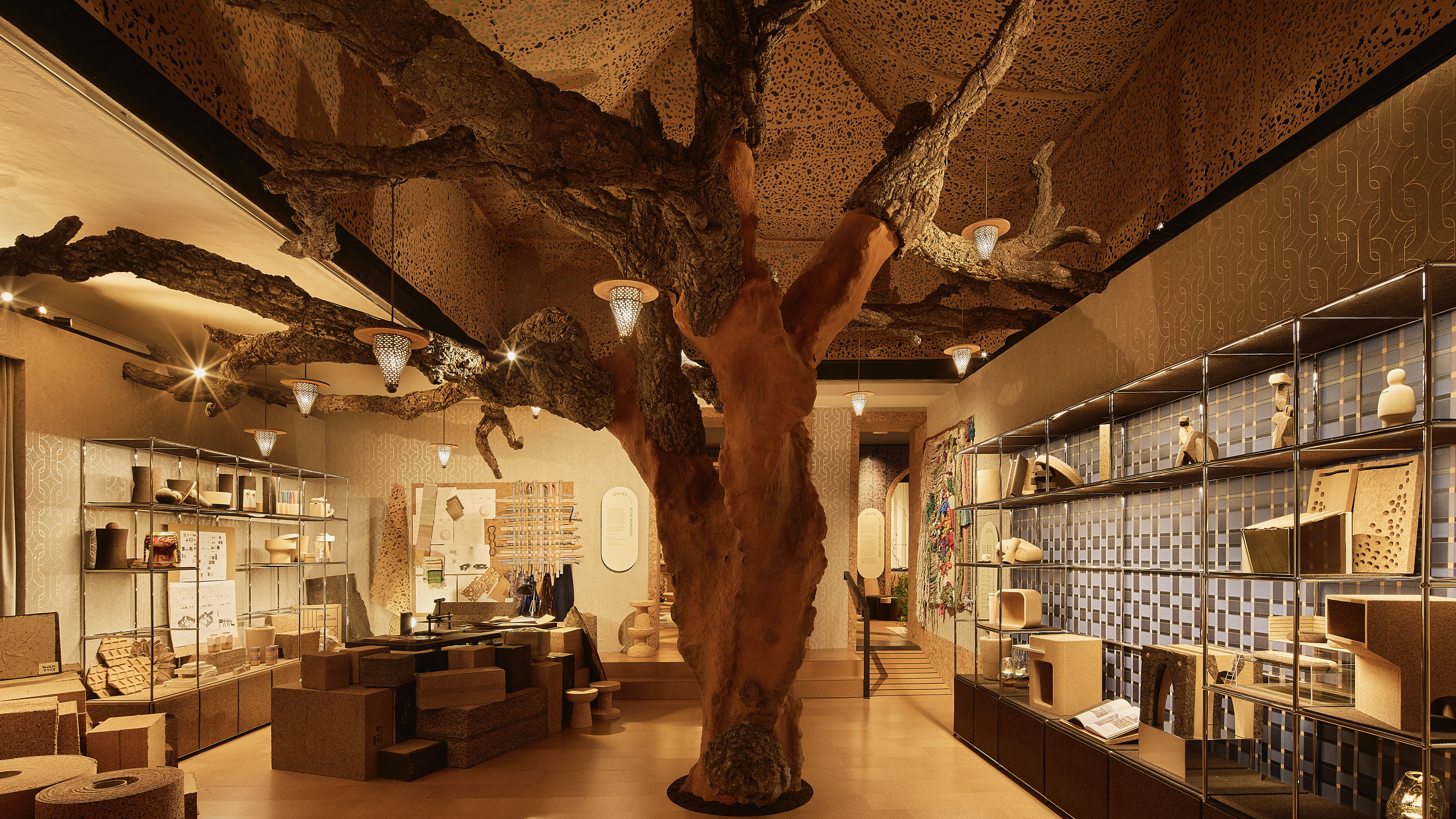 David Rockwell’s Milan Design Week presentation is a love letter to cork
David Rockwell’s Milan Design Week presentation is a love letter to corkRockwell Group’s Casa Cork installation showcases this under-appreciated material, which is infinitely recyclable and sequesters carbon for decades
By Anna Solomon Published
-
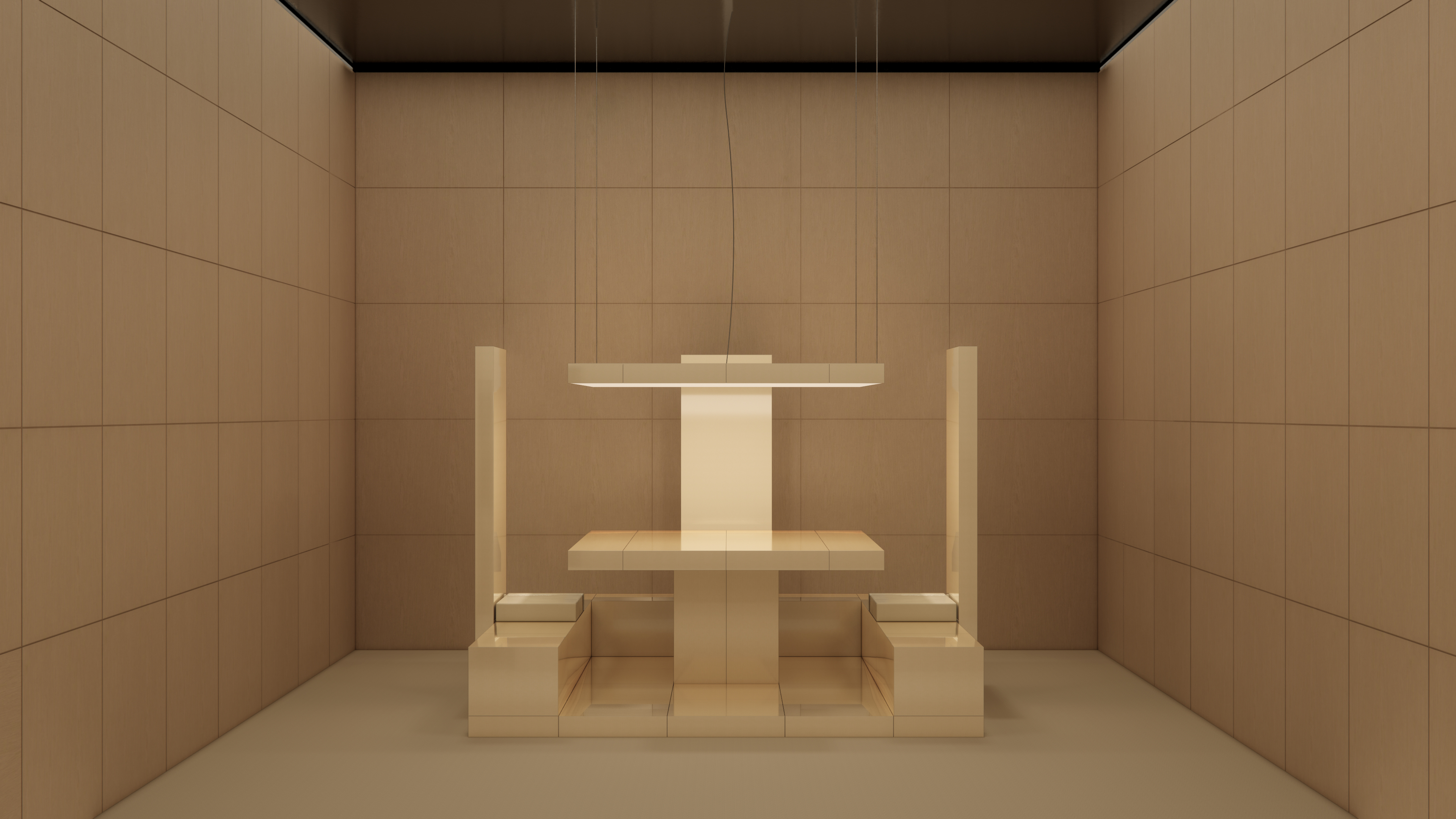 Emerging galleries to discover during Milan Design Week
Emerging galleries to discover during Milan Design WeekWallpaper’s Milan editor has the inside track on the younger design galleries coming to town
By Laura May Todd Published
-
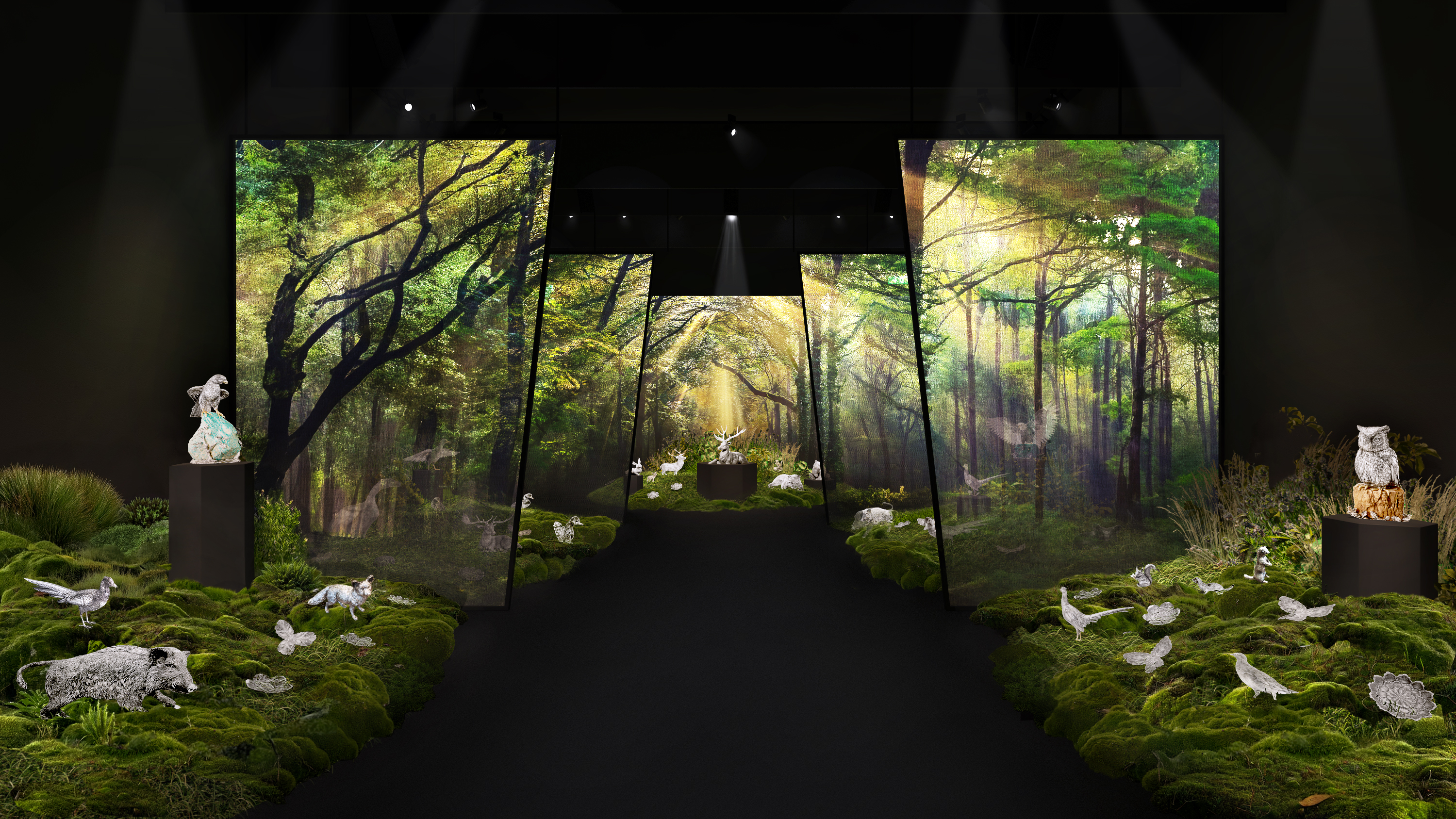 Buccellati brings the forest and Furry Animals to Milan Design Week
Buccellati brings the forest and Furry Animals to Milan Design WeekThe jewellery and silverware maison falls back on tradition for its Milan showcase, presenting its now-emblematic collection of intricately crafted creatures
By Laura May Todd Published
-
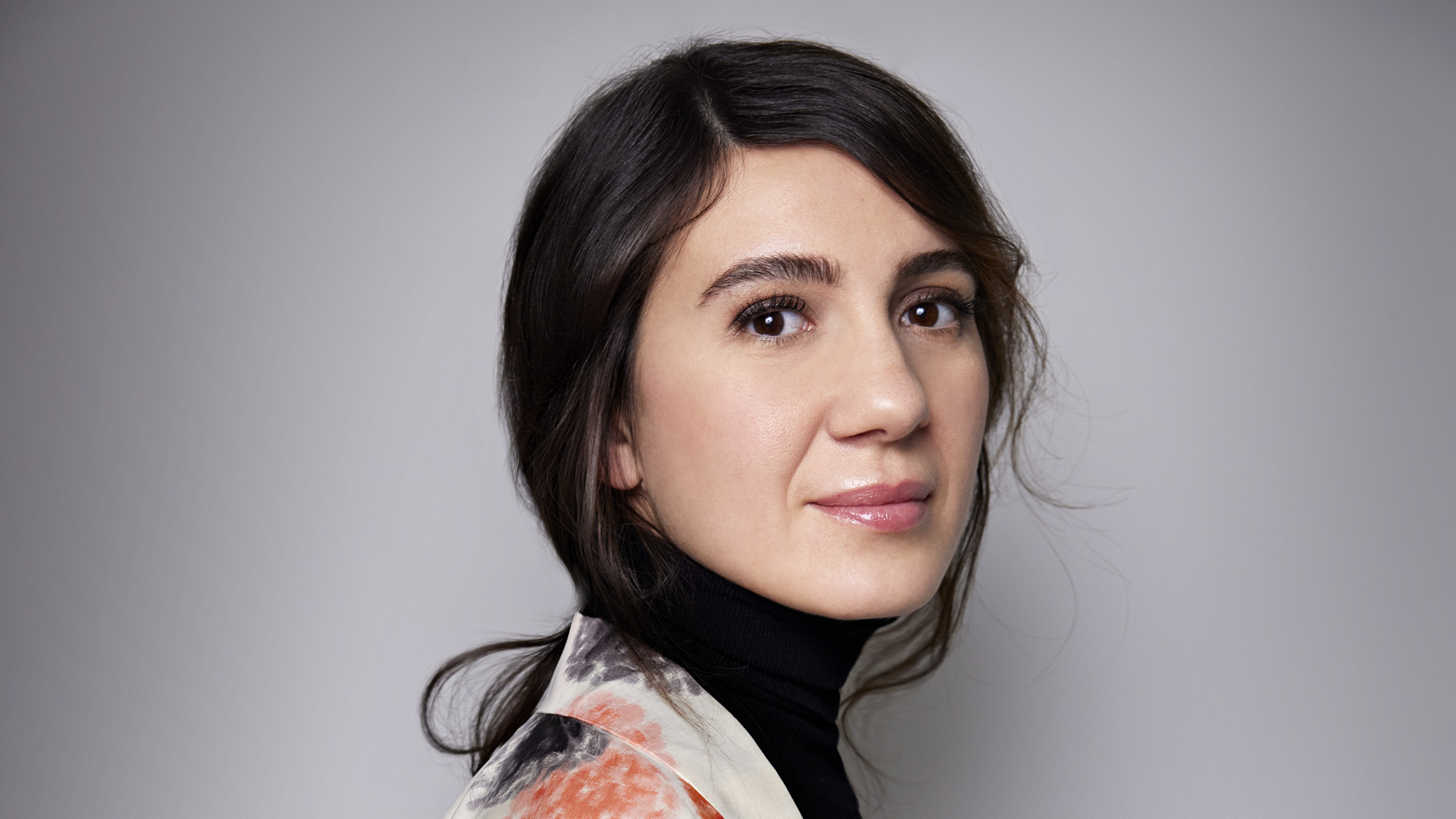 Where next for Salone del Mobile? Maria Porro on the future of the world’s biggest furniture fair
Where next for Salone del Mobile? Maria Porro on the future of the world’s biggest furniture fairAhead of Salone del Mobile 2025 in Milan, we sit down with its president to talk design, data and forging the event’s future in a fast-changing world
By Hugo Macdonald Published
-
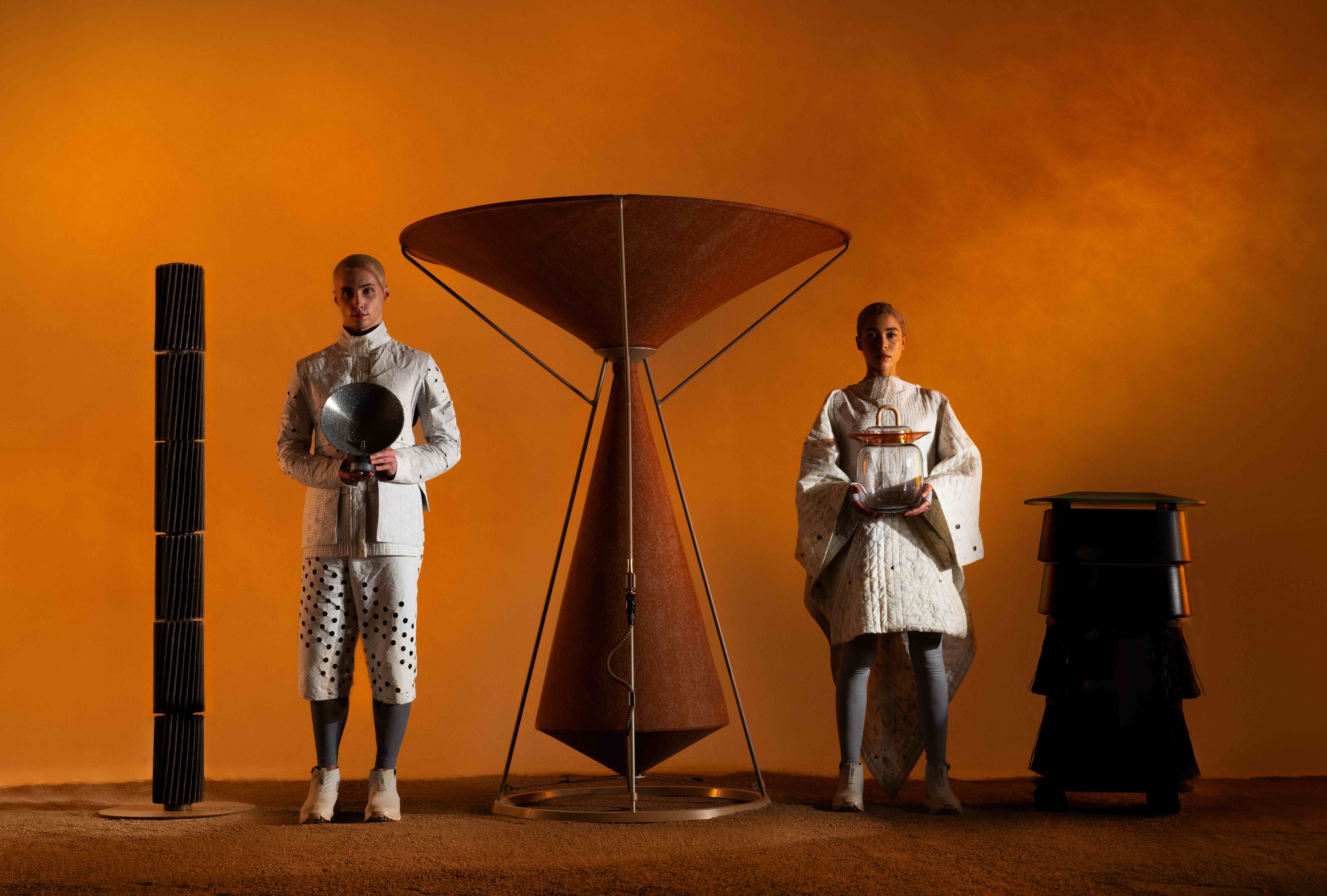 What to see at Milan Design Week 2025
What to see at Milan Design Week 2025A guide to some of the events the Wallpaper* team is checking out at Milan Design Week (7–13 April) – from public installations and major launches to standout venues and must-see exhibitions
By Hugo Macdonald Last updated
-
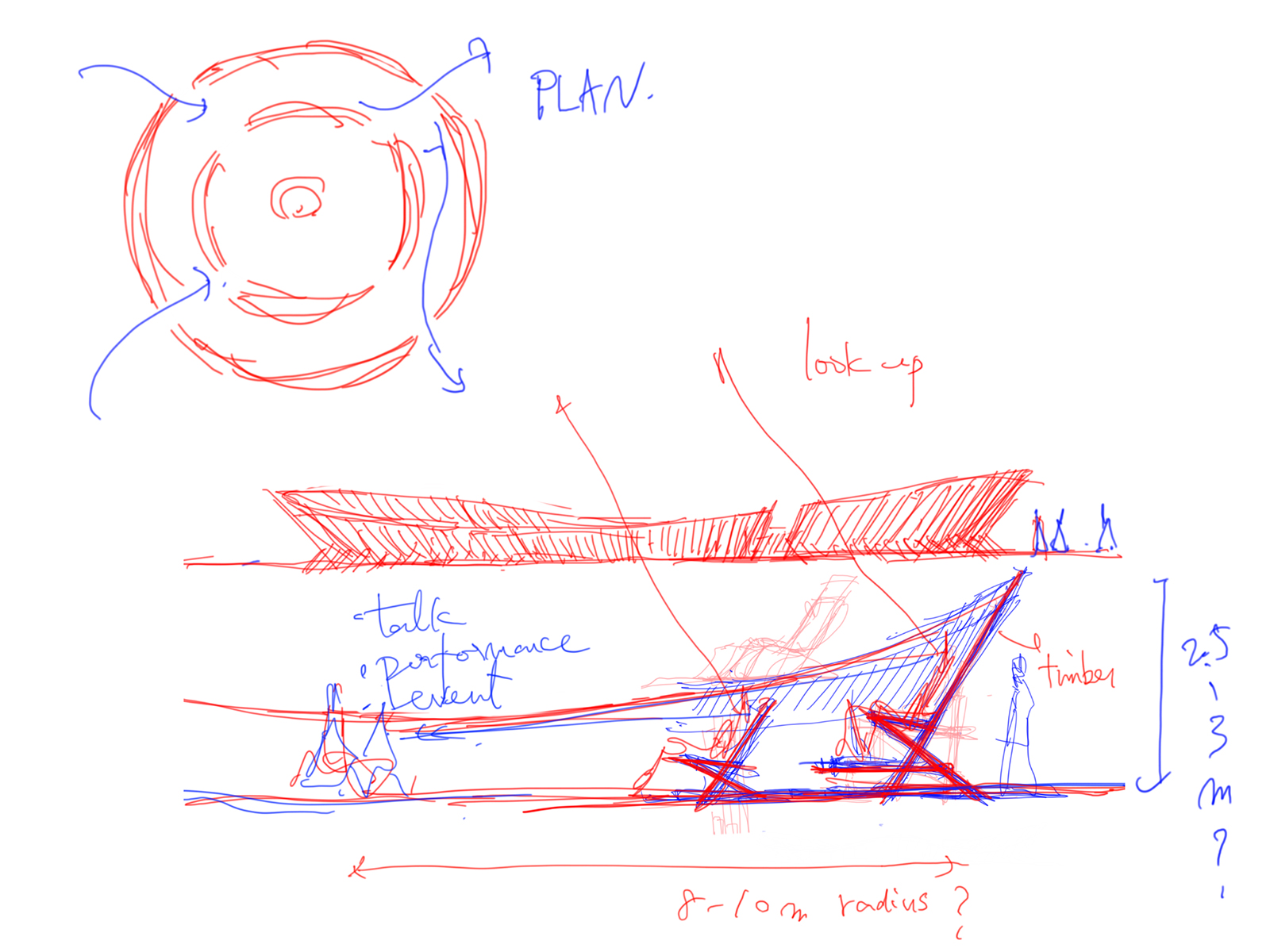 Salone Del Mobile 2025: Paolo Sorrentino, Robert Wilson, Sou Fujimoto and Pierre-Yves Rochon amongst this year's contributors
Salone Del Mobile 2025: Paolo Sorrentino, Robert Wilson, Sou Fujimoto and Pierre-Yves Rochon amongst this year's contributorsThe countdown to Salone Del Mobile 2025 has begun. President, Maria Porro, announced first plans for the fair including some key names
By Cristina Kiran Piotti Published